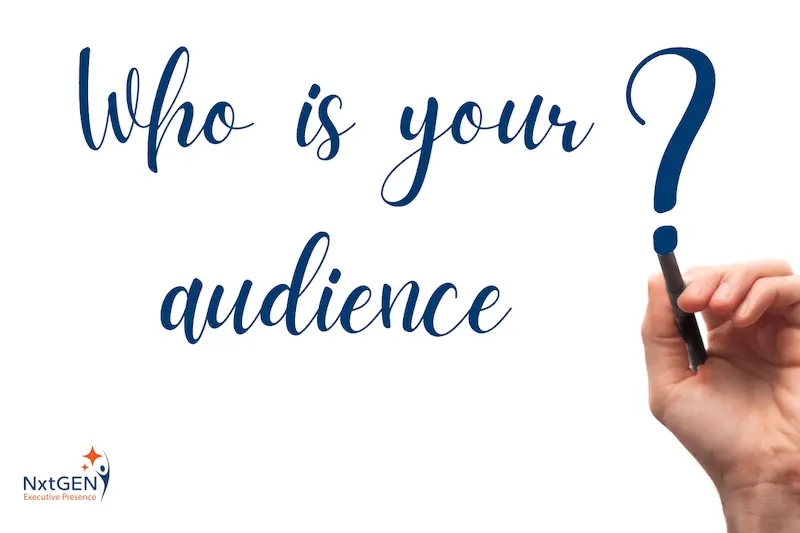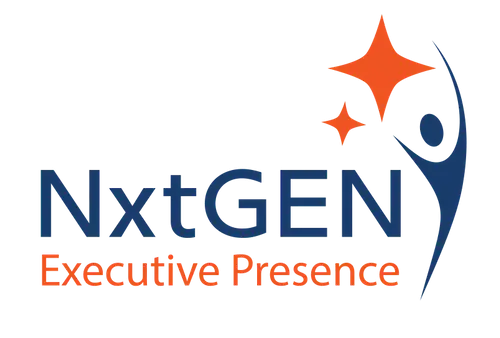Public speaking can strike fear into the hearts of anyone, even the most confident individuals. Whether you’re facing a room of ten colleagues or a thousand strangers at a conference, delivering a presentation can be daunting. But fear not! Mastering the art of audience engagement is within your reach. This guide unveils six key rules that will transform you from a nervous presenter to a captivating communicator, leaving a lasting impression on audiences big and small.
1. Tailoring your approach
Managing your audience isn’t just about keeping them quiet; it’s about creating an experience that resonates with them. While public speaking can be nerve-wracking, connecting with your audience and delivering an impactful presentation can also feel rewarding. Imagine a lecture hall filled with hundreds of faces staring back at you. You drone on through a monotone presentation filled with text-heavy slides and technical jargon. The fidgeting audience checks their phones, and their attention slowly fades. This is the unfortunate reality of a presentation lacking purpose and engagement.
The key to success lies in understanding that one size doesn’t fit all. The strategies you use to engage a small group of colleagues will differ from those needed to captivate a large audience.
2. Purpose: The Three Pillars
Let’s kick off by discussing the purpose. While the methods of delivery will differ between addressing small and larger audiences, this quality remains crucial for both. At NxtGEN, we believe in the power of simplicity and focus. That’s why the Rule of Three is a cornerstone of our teaching philosophy. We’ll be applying it again to help you craft presentations that resonate with your audience. Before diving into your slides, consider this crucial question:
“At the end of my presentation, what do I want the audience to KNOW, FEEL, and DO?”
KNOW
Ensure your content is well-researched, accurate, and presented in a clear, logical manner. Adequate preparation is key. Start by defining the purpose of your presentation – what message do you want to convey? Then, conduct a thorough audience analysis to understand their needs
and level of knowledge. Tailoring your content and language to their background will ensure they will grasp the information effectively.
FEEL
To make your audience invested in your message, demonstrate your passion for the topic. Use powerful storytelling, compelling visuals, and genuine enthusiasm to connect with them on an emotional level. Appeal to the audience’s emotions and motivate them to take action.
DO
The ultimate goal is to get your audience to do something after your presentation. Craft a clear and compelling Call to Action (CTA) that tells them what you want them to do next, whether it’s visiting your website, contacting you for further information, or spreading the word about your message.
By focusing on these three core elements you can ensure your presentations are not only informative but also engaging and impactful.

3. Preparation: Audience Analysis & Objectives
Nothing replaces this step. The importance of audience research before crafting a presentation cannot be overstated. We will be applying the Who-Know-Care framework, founded on the Rule of Three. The second question to ask at this point is:
“Let’s step into the audience’s shoes. WHO are they, what do they already KNOW, and what are their CARES and concerns?”
WHO
Who are they? What are their backgrounds, interests, goals, and pain-points?
KNOW
How much do they know about your topic? Identify three key points they likely already understand and build your presentation around them.
CARE
What are they hoping to learn from you? How can you help them solve a problem or achieve a benefit? Pinpoint three specific benefits or solutions they’re seeking.
Knowing your audience empowers you to tailor your message, tone, and examples for maximum resonance. Now, let’s delve into the art of engagement.
4. Time is gold
Every minute counts, especially when crafting presentations. Whether you’re captivating a large conference hall or a focused team meeting, meticulous preparation ensures you use every minute effectively. By anticipating your audience size, you will tailor content and delivery to hold attention and leave them wanting more, regardless of the room’s dimensions.
For a vast audience, time becomes a precious commodity. Preparation is paramount, so invest heavily in crafting a concise, impactful message that resonates with a broad audience. However, remember to keep your slides snappy and short. As Garr Reynolds, an internationally acclaimed communications expert writes: “People are only capable of absorbing a very small amount of material at a time”.
We can not have them say “I will never get that time back.” Respect their time.
Preparation can also shift gears in smaller settings. Remember, you have to capture your audience’s attention in the time you have. For smaller audiences, keep things interactive, incorporate discussions, polls, or Q&A sessions to foster engagement and cater to shorter attention spans.
5. Engaging with smaller audiences
One of the best ways to connect with your audience is to engage them throughout your presentation. Start by sharing a quote, a controversial statement (“Business conferences are a relic of the past.”), or a question.
Liven up your presentation by asking questions, sharing stories, and showing emotions! This interactive approach builds rapport and trust, allowing you to read the room and adjust your delivery for maximum impact.

6. Get to the point
Start strong with BLUF. This military acronym stands for “Bottom Line Up Front” and emphasises placing the most important information – your conclusion and key takeaways – at the very beginning of your presentation. This ensures clarity and saves time for both you and your audience.
If you’re aiming for an impact, consider using SAR, which stands for “Situation-Action-Results.” This framework guides you to first outline the context or situation, then explain the actions taken to address it, and finally showcase the achieved results. While originally designed for larger audiences, SAR’s focus on clear structure can also benefit presentations to smaller groups.
7. Interacting with larger crowds
Engaging a massive audience requires different tactics than a smaller group. Forget a detailed analysis – think clustering! Imagine the crowd as smaller groups with shared interests. This lets you tailor your message to resonate with each segment.
There are effective ways to connect with these clusters. Start with a broad, relatable statement – a Universal Truth (such as “Knowledge is power”) that most can connect with, even if it seems cliche. This establishes common ground. Next, use questions that spark emotional connection within specific sub-groups. Imagine asking parents a question about their children, or those who remember being ten years old. Finally, use strong body language and stage presence to keep the entire audience engaged. Circle back to your initial Universal Truth and use it as a springboard for your Call To Action. This motivates everyone, regardless of their subgroup, to take action related to your message.

Elevate your Teams’ presentation skills
Effective communication is a critical skill for leaders in today’s competitive environment. Training programmes, such as NxtGEN’s Command the Room can empower your team to excel in public speaking, to any audience, in any situation.
Once you have checked out our blog for deeper insights into commanding the room, contact us to discuss how we can help you tailor a customised training experience that propels your leaders to new heights.












